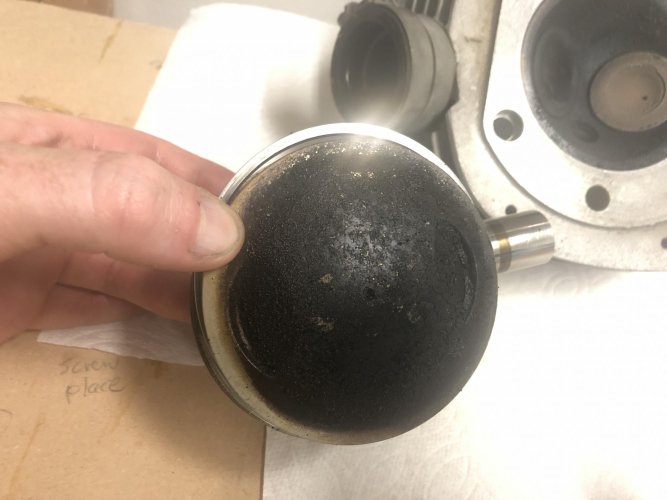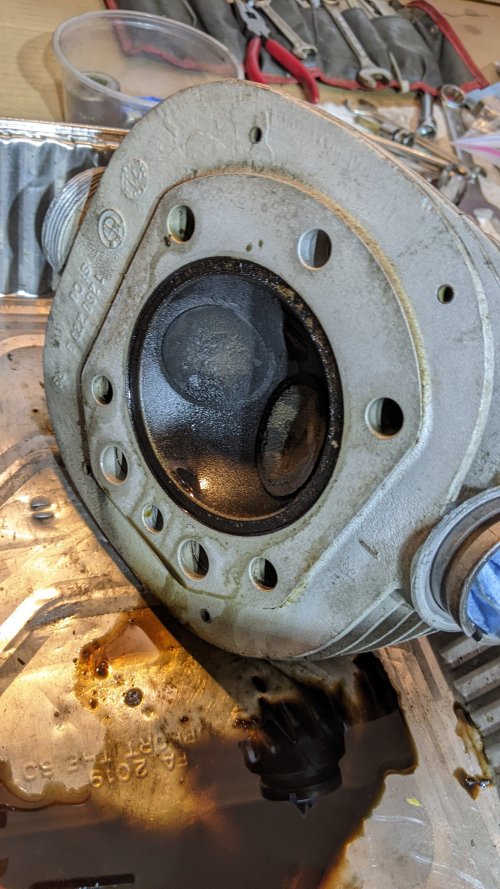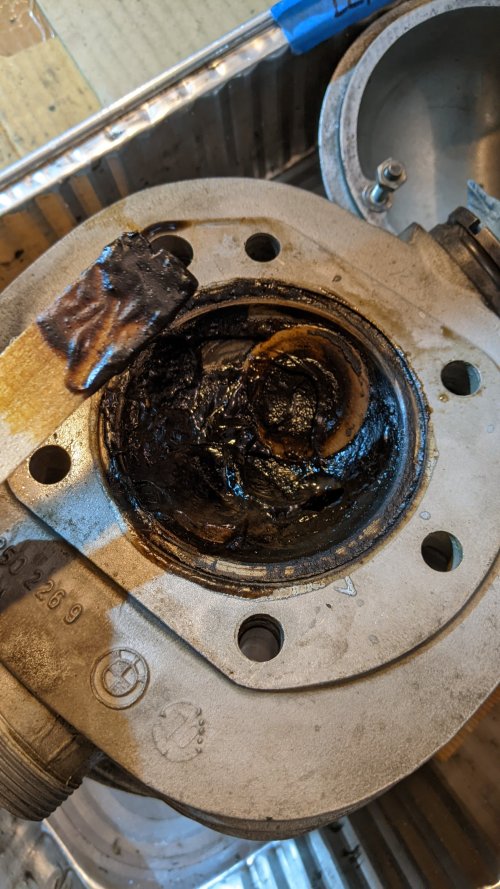Hi All!
I'm relatively new to motorcycle maintenance and am in the middle of replacing the push rod seals on my 1974 R90/6. Once I got down to the cylinder and cylinder head things started to look a bit carbonized (see attached pictures). Is this something that should be cleaned up? If so, are there any recommendations on how to go about doing it? Thanks!
I'm relatively new to motorcycle maintenance and am in the middle of replacing the push rod seals on my 1974 R90/6. Once I got down to the cylinder and cylinder head things started to look a bit carbonized (see attached pictures). Is this something that should be cleaned up? If so, are there any recommendations on how to go about doing it? Thanks!








